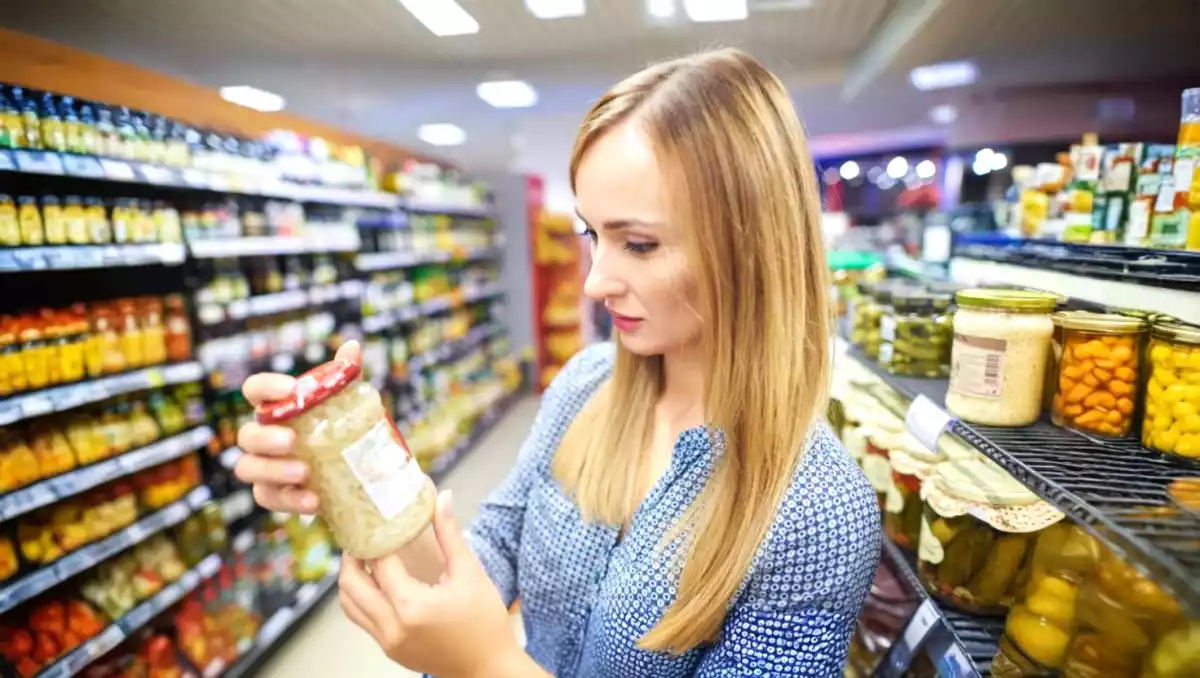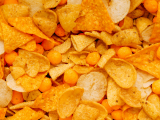Understanding labels: how to make healthier choices at the market!

Have you ever stood in the supermarket aisle trying to figure out what really is healthy? With increasingly flashy packaging and terms like "fit", "light", "zero" and "natural", the confusion is real. But behind every package, there's a label - and it's the label that reveals the truth.
Learning to read and interpret labels is an essential skill for anyone who wants to take care of their health consciously. We'll show you how to do it in practice.
1. Start with the list of ingredients
The list of ingredients is required by law and always comes in descending order: in other words, what appears first is what is in the greatest quantity in the product.
Golden tip: if the first three ingredients are sugar, refined flour or vegetable fat, beware - it's probably an ultra-processed product.
For example, a breakfast cereal with "sugar, corn, maltodextrin..." at the top of the list is a red flag.
Also, the shorter the list, the better. If it has a lot of names you don't recognize (such as "sodium bisulphite" or "monosodium glutamate"), it's a sign that you've been away from your home kitchen.
2. Keep an eye out for marketing traps
Terms such as:
- "Light": means that the product has reduced some component (sugar, fat or sodium), but is not necessarily healthy.
- "Zero": may be zero sugar, but contain artificial sweeteners.
- "Wholemeal": doesn't always mean 100% wholemeal - see if wholemeal flour appears first in the list of ingredients.
- "Natural": this is not a regulated term and can be used even for foods with additives.
In other words: the marketing shouts, but the label whispers the truth.
3. Understand the nutritional table
The table is compulsory and gives the prices per portion, not for the whole package. Therefore:
Look at the portion size and compare it with how much you actually consume.
Pay attention to the following points:
- Sugars: Less than 5g per portion is ideal
- Trans fat: Should be zero
- Sodium: Up to 140 mg per serving is acceptable
- Fiber: Prefer products with more than 2g
Products high in sodium, saturated fat and added sugars increase the risk of chronic diseases such as hypertension, diabetes and obesity.
4. Look for warning labels (if present)
With Anvisa's new legislation (in force since 2022), many products now carry warning labels on the front when they are high in sodium, added sugars or saturated fats.
These symbols are excellent allies for quick and conscious choices.
Conclusion: information is power (and health!)
Reading labels is a habit that takes practice, but it brings autonomy and awareness when it comes to eating. Don't be fooled by the promises on the packaging - go straight to the real information.
The next time you go to the market, take this mental checklist with you. Your body will thank you!
References:
- Ministry of Health. Food Guide for the Brazilian Population (2014).
- ANVISA - National Health Surveillance Agency. Mandatory nutritional labeling.
- Pan American Health Organization (PAHO). Nutritional profile of ultra-processed foods.
Other articles that may interest you
 Mirella Mendonça
Mirella Mendonça


Comments